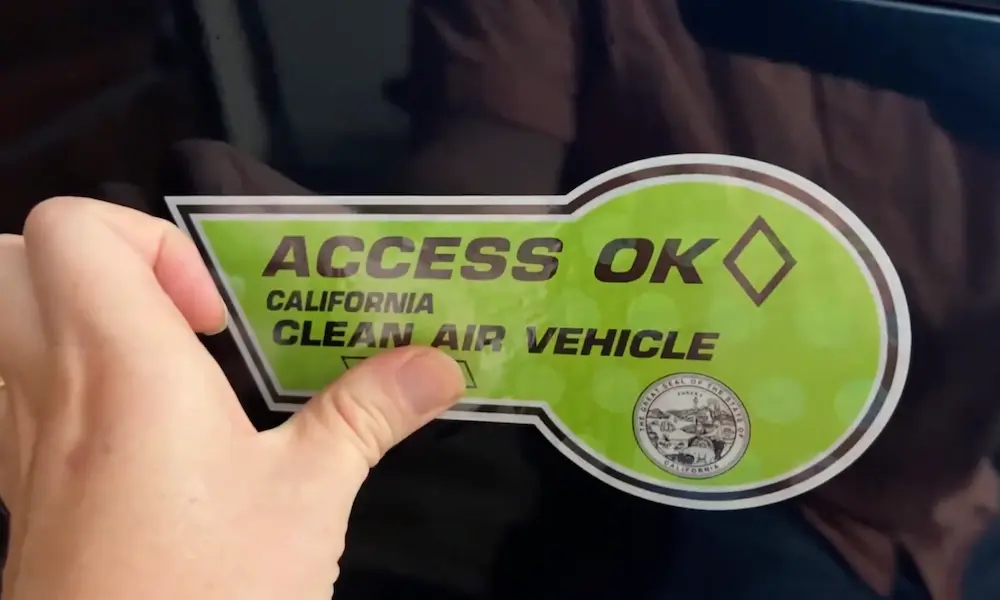The catalytic converter is a critical component of the engine control unit (ECU) of your car. This exhaust emission control device helps break down pollutants and convert toxic substances into non-toxic ones. When something is wrong with the system, the cat works with a catalyst monitor that sometimes shows a ‘not ready’ message. The On-Board Diagnostics System (OBD) can only regulate the performance of the engine only with some monitors. The catalytic converter monitor is one of them.
When the monitor fails, it causes the ‘catalyst monitor incomplete’ message to pop. Then, something might be at stake with the catalytic converter. What does the catalytic converter monitor not ready mean? What are its causes and fixes? Let’s get talking.
Catalytic Converter not Ready: What it means and why?
Inside the cat is a catalyst monitor or converter monitor. The converter monitor tests the catalytic converter and the result is a ‘ready’ or ‘not ready’ output. When the catalyst monitor runs a complete drive cycle, the catalytic converter shows a ‘ready’ message. However, a catalytic converter ‘not ready’ notification means an incomplete drive cycle.
A drive cycle, or as some people call it, drive pattern, is the least duration a catalyst monitor is designed to run. It often starts with a cold start, depending on the level of the coolant temperature of the engine. Each vehicle has a set of instructions for the monitor to run or test the converter.
You can find this instruction in the owner’s manual or on the technical information website of your car. Once you notice that the catalyst converter monitor shows ‘not ready,’ you need to find the drive cycle.
Other issues could trigger an incomplete drive cycle of the catalyst monitor and so cause a ‘not ready’ cat.
Catalyst Monitor Incomplete: Why and What to Do?
The monitors are internal components that help evaluate the capacity of the catalytic converter to convert harmful pollutants to less-hazardous substances.
However, when the vehicle’s catalytic converter isn’t working properly, the catalyst monitor is incomplete. A faulty cat can be due to a clogged converter or failing oxygen sensors. If you make modifications to your vehicle’s engine control module of programming, the cat won’t function as it should. The proper functioning of the catalyst will help air from the engine exhaust system break down other pollutants.
An incompletecatalyst monitor is one of the common issues auto owners and drivers face. Despite its prevalence, not many auto owners can fix it. Tons of reasons that can be responsible. Depending on the vehicle model, a broken rear defroster, exhaust leaks, or a faulty ignition switch can get the blame. If you install performance tunes using an auto spare tuner, you may cause an incomplete catalyst monitor.
How to Fix Catalyst Converter Monitor Incomplete
Fixing the catalyst monitor incomplete issue is pretty simple. Earlier, I talked about the catalyst monitor drive pattern or drive cycle. You’ll need to find the one for your car. Depending on the car, you may need to drive at 50 mph with a constant throttle for 10 minutes or so. Alternatively, you may need to engage your transmission pedal at 2 for the monitor to pass. In this case, drive at 50 mph, and decelerate to 6mph but don’t step on the brake pedal.
Repeat the process 5 times and check if the monitor is ready. It should, actually. The bottom line is: If you drive as the drive pattern suggests, the monitor will run. If it doesn’t run and the cat isn’t ready, then you should take the following steps to remedy it.
Step 1: Put the engine light in ‘Off’ mode
The first step to take is to check if the engine light is off or on. Ideally, it should be in the off-code. Once the light is in inactive mode, the monitor may complete its drive cycle, all things being equal. As a result, the catalytic converter will show ready.
Step 2: Allow the engine off for 24 hours
Your vehicle’s engine needs a coolant temp. Don’t forget, achieving a complete drive cycle requires a cold start. Leaving the engine inactive overnight means its coolant’s air temp will be within 6oC or at least under 50oC.
Step 3: Start the engine and drive the car
Start the engine with a cold start and keep the rear defroster and AC in on mode. Allow it to idle for at least 2 minutes before switching off the AC and rear defroster. Now, start the vehicle and drive for about 3 and half minutes at 55 mph (90 km/h). While this is going on, the OBD will take readings for the fuel and purge monitor diagnostics.
Step 4: Decelerate but don’t apply brake or clutch
Release your foot from the gas pedal and allow the vehicle to gradually decelerate to about 20 mph (32 km/h). During the process, don’t press the brake or clutch.
Step 5: Speed up again
The next thing is to press the gas pedal to take the car to the initial speed of about 55 mph (90 km/h). This time, drive at the three-quarter throttle for nearly five and a half minutes. The OBD will run a catalyst converter monitor diagnostics. You may notice that the catalyst monitor isn’t ready yet. At this point, you may need to repeat the process five times. By the time you’re done, your cat should be ready and the monitor complete
Step 6: Slow down and stop the vehicle
Once you’ve completed steps 1-5, you should lift your foot off the gas pedal and bring the vehicle to a stop. Again, allow it to idle for at least two and a half minutes before switching off the ignition.
Read more:
- EGR Not Ready: Meaning, Causes and Fixes
- EVAP Monitor Not Ready: Meaning, Causes, and Fixes
- Secondary Air System not Ready: Meaning, Causes and Fixes
- Oxygen Sensor Not Ready: Meaning, Causes, and Fixes
- Fuel System Monitor Not Ready: Meaning, Causes, Fixes
Final Thoughts
You don’t have to worry or fret when the instrument panel shows the catalytic converter monitor is not ready. This article has explained what this means, what causes it and you can fix it. A DIY procedure may cost your engine worse harm. Maybe, you may need to call an expert. I hope you find the info here helpful.















